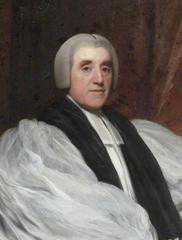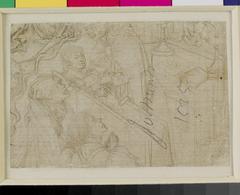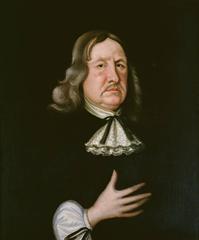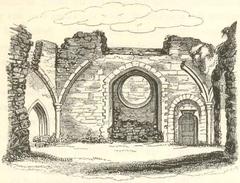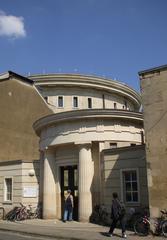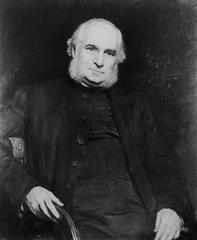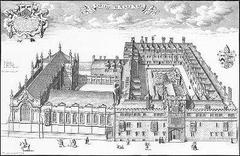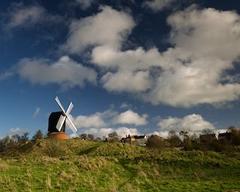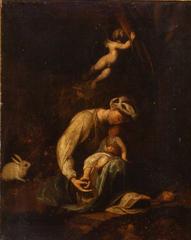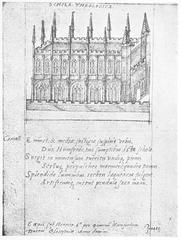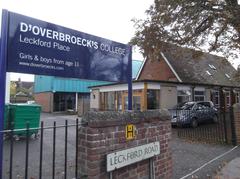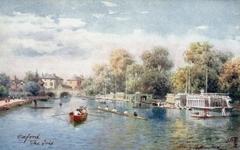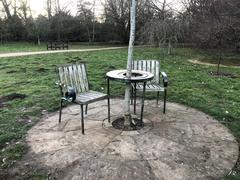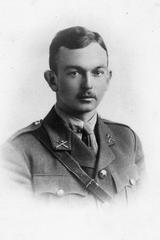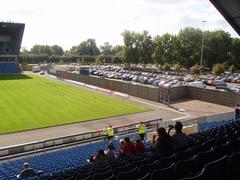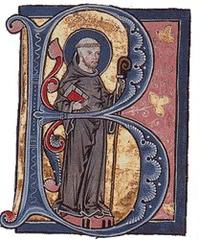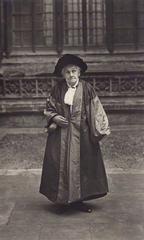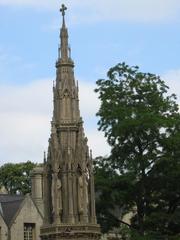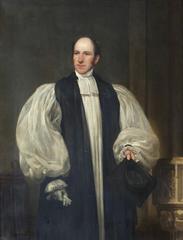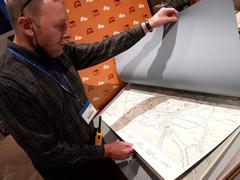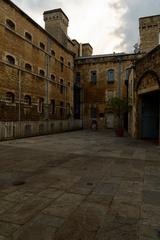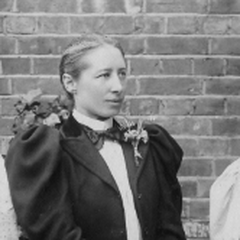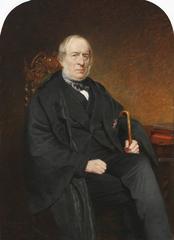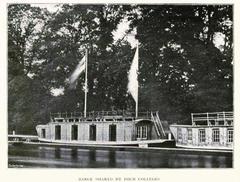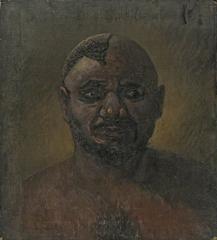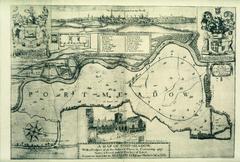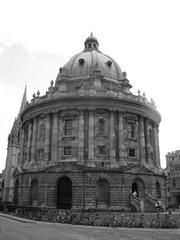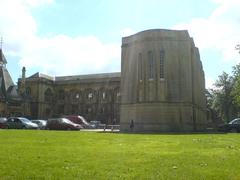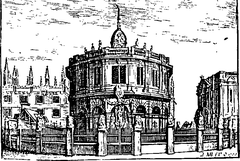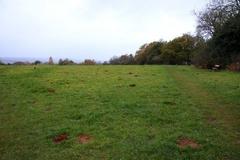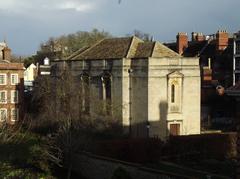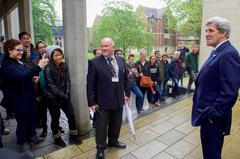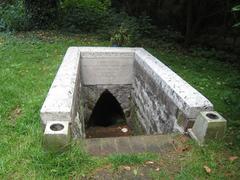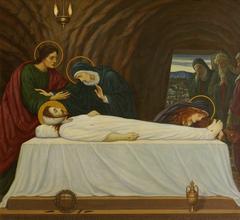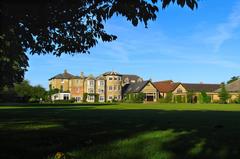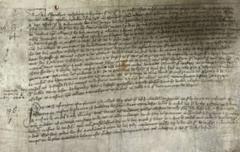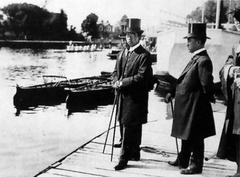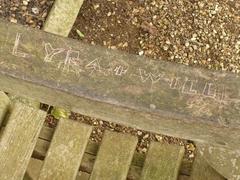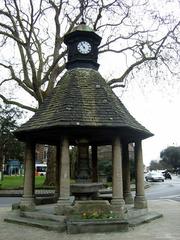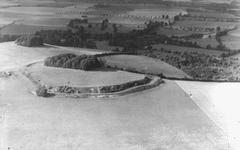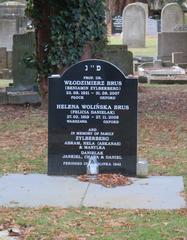Wolvercote, Oxford, United Kingdom: Visiting Guide—Tickets, Hours, and Attractions
Date: 15/06/2025
Introduction: Discover Wolvercote’s Historic Charm
Wolvercote, a picturesque village just north of Oxford along the River Thames, offers a captivating blend of rich history, cultural heritage, and scenic beauty. With origins dating back to early medieval England and evidence of continuous human settlement even before the Norman Conquest, Wolvercote has evolved from a rural hamlet into a vibrant community while preserving its historic character. The village’s legacy spans the medieval wool trade, industrial developments such as the Oxford Canal and historic paper mills, and the protection of traditional common lands (MOLA Northampton, 2014; Town and Village Guide).
Wolvercote is also renowned as the burial place of J.R.R. Tolkien, attracting literary enthusiasts from across the globe. Visitors can stroll through medieval landmarks, explore the tranquil commons, and enjoy the community’s lively festivals and historic pubs (Anglotopia; Wolvercote.org).
Whether you’re drawn by its layered history, natural landscapes, or vibrant local culture, Wolvercote offers an authentic experience of Oxfordshire’s rural and urban evolution.
Quick Contents
- Wolvercote’s Origins and Medieval Development
- The Manor, Commons, and Traditional Land Rights
- From Industry to Modern Community
- Key Attractions and Historic Sites
- Visiting Information: Hours, Tickets, and Accessibility
- Getting to and Around Wolvercote
- Dining & Accommodation
- Special Events and Festivals
- FAQs & Practical Visitor Tips
- Further Reading and Sources
Wolvercote’s Early Origins and Medieval Growth
Wolvercote’s name likely derives from Old English, meaning “the cottage of Wulfhere” or “the wolf’s cottage.” Archaeological studies confirm that the area has supported human activity since before the Norman Conquest (MOLA Northampton, 2014). By the 12th century, Wolvercote had emerged as a defined village, with St. Peter’s Church established as its spiritual and communal heart (Town and Village Guide).
The village economy in medieval times revolved around agriculture and the wool trade, benefiting from close ties to Oxford—then a hub for cloth and leather production (Local Histories). Wolvercote’s historical significance is further marked by its mention in the Domesday Book of 1086 as part of the Abbey of Eynsham’s holdings.
The Manor, Commons, and Traditional Land Rights
A defining feature of Wolvercote is its extensive common land, notably Wolvercote Common and the adjacent Port Meadow. These commons have been used for grazing livestock for centuries and remain managed by the Wolvercote Commoners’ Committee, a tradition dating back to the 19th century (Town and Village Guide). The survival of these ancient land rights offers visitors a window into England’s rural past and unique social history.
The Industrial Era: Canal, Paper Mills, and Change
The construction of the Oxford Canal in the late 18th century brought new economic opportunities to Wolvercote, enabling the transport of coal, agricultural goods, and manufactured products (Town and Village Guide). The Wolvercote Paper Mill, established in the 17th century and expanded during this period, became renowned for supplying quality paper to the Oxford University Press.
The railway’s arrival in Oxford in the 19th century further spurred suburban growth, drawing new residents and industries to Wolvercote (Local Histories). Despite these changes, the village maintained its character and strong sense of community.
20th Century to Present: Community and Literary Connections
Wolvercote was incorporated into Oxford’s city boundaries in 1929, leading to increased housing, amenities, and integration into the wider city. The village, however, continues to celebrate its heritage through community groups, annual festivals, and the preservation of its green spaces.
A defining point of interest is Wolvercote Cemetery, the final resting place of J.R.R. Tolkien. Tolkien’s grave, marked with the names “Beren” and “Lúthien,” is a pilgrimage site for fans of the legendary author (Town and Village Guide).
Key Attractions and Historic Sites
Godstow Abbey Ruins
The evocative remains of Godstow Abbey, founded in 1133, lie just west of Wolvercote. Once a flourishing Benedictine nunnery—and the burial site of the famed “Fair Rosamund” Clifford—the ruins are freely accessible year-round and offer a romantic riverside setting.
Wolvercote Common and Port Meadow
These ancient commons are open spaces perfect for walking, birdwatching, and experiencing traditional English grazing practices. Port Meadow features archaeological traces from the Bronze and Iron Ages, and both commons are accessible at all times (Anglotopia).
St. Peter’s Church
Dating from the 13th century, St. Peter’s Church features both medieval and Victorian architecture. The church is open during daylight hours and is a central venue for community events.
Wolvercote Cemetery: Tolkien’s Grave
J.R.R. Tolkien’s grave is a highlight for literary pilgrims. The cemetery is open daily and free to enter.
Wolvercote Paper Mill Site
The historic paper mill site has been redeveloped, but the riverside path and commemorative signage recall its industrial past.
Visiting Information: Hours, Tickets, and Accessibility
- Godstow Abbey Ruins: Open year-round, daylight hours, no ticket required.
- Wolvercote Common & Port Meadow: Open access, all hours, free.
- St. Peter’s Church: Open during daylight hours; check the community website for events (Wolvercote.org).
- Wolvercote Cemetery: Open daily, free entry.
- Local pubs and dining: Open daily; hours vary, booking recommended for busy times.
- Accessibility: Most sites are accessible, though some commons and paths may be uneven or muddy in wet weather. The Godstow Road Car Park offers accessible parking and toilets (Oxford City Council).
Getting to and Around Wolvercote
By Public Transport
- Train: Oxford Train Station (Great Western Railway) and Oxford Parkway (Chiltern Railways) are the nearest stations.
- Bus: Regular services from Oxford city centre (Stagecoach and Oxford Bus Company) connect to Wolvercote.
- Park and Ride: The Wolvercote Park and Ride is recommended for drivers (Park and Ride Wolvercote).
By Car
- Accessible via A40 and A34.
- Use the Godstow Road Car Park for convenient access to key sites.
By Bicycle and On Foot
- Wolvercote is popular with cyclists and walkers, with dedicated cycle paths and the Thames Path National Trail passing through the area (A40 Improvements).
Dining & Accommodation
- Pubs: The Trout Inn, The Plough, and Jacob’s Inn offer classic British food and local ales.
- Cafés: Options for lighter refreshments and afternoon tea.
- Accommodation: Limited within Wolvercote; nearby Summertown and Oxford offer a broader range (Upper Wolvercote Guide). Advance booking is advised.
Special Events and Festivals
- Wolvercote & Wytham Midsummer Festival: Late June; includes music, poetry, and family activities (Wolvercote.org).
- Apple Day: September, celebrating local produce and crafts.
- Wolvercote Community Market: Sundays, 10:00 AM–2:00 PM (The Oxford Magazine).
- Local History Society talks and outings (Wolvercote History Society).
Practical Visitor Tips
- Weather: June temperatures range from 18°C to 28°C; bring layers and sun protection (Upper Wolvercote Weather).
- Etiquette: Respect grazing animals, keep dogs under control, and follow the Countryside Code.
- Facilities: Limited parking; use public transport or bikes where possible.
- Safety: Wolvercote is welcoming and safe; during festivals, plan ahead for transport and parking.
- Digital Resources: Many pubs and cafes offer free Wi-Fi. For updates, check Oxford City Council, Oxfordshire County Council, and Audiala App.
Frequently Asked Questions (FAQs)
Q: Who is buried in Wolvercote Cemetery?
A: J.R.R. Tolkien, author of “The Lord of the Rings,” and his wife Edith are buried here, among other notable figures.
Q: What are the visiting hours for Godstow Abbey and other attractions?
A: Godstow Abbey, Port Meadow, and Wolvercote Common are open year-round during daylight hours; St. Peter’s Church is open during daylight, with hours varying for events.
Q: Is there an entry fee for main attractions?
A: No, major sites such as Godstow Abbey, the commons, and the cemetery are free to access.
Q: Are guided tours available?
A: Local history groups occasionally offer tours and events; check Wolvercote.org and the Oxford Visitor Information Centre.
Q: Are the commons and historic sites accessible?
A: Most are accessible, but paths may be uneven or muddy at times. Godstow Road Car Park provides accessible facilities.
Conclusion: Wolvercote at a Glance
Wolvercote is a rare example of an English village where medieval roots, literary heritage, and contemporary community life blend seamlessly. Whether you’re exploring Godstow Abbey’s evocative ruins, walking the ancient commons, or paying homage at Tolkien’s grave, Wolvercote offers an immersive and rewarding visit close to Oxford’s heart.
Plan your trip with confidence using this detailed guide, and enhance your experience with digital resources like the Audiala app for interactive tours and up-to-date event listings (Audiala).
Sources and Further Reading
- MOLA Northampton, 2014
- Town and Village Guide: Wolvercote
- Local Histories: A History of Oxford
- Anglotopia: An Oxford Walk – Tolkien’s Grave, Wolvercote, Trout Inn, and Godstow Abbey
- Wolvercote Local History Society
- The Oxford Magazine: Wolvercote Community Market Series
- Wolvercote.org: Community Events and News
- Lonely Planet: Godstow Abbey Ruins
- Oxford City Council: Godstow Road Car Park
- Audiala App
Suggested images:
- St. Peter’s Church, Wolvercote (alt: “St. Peter’s Church in Wolvercote, Oxfordshire – a medieval historical site”)
- Tolkien’s grave at Wolvercote Cemetery (alt: “J.R.R. Tolkien’s grave at Wolvercote Cemetery, Oxford”)
- Wolvercote Common green landscape (alt: “Wolvercote Common, traditional English common land near Oxford”)
- Oxford Canal in Wolvercote (alt: “Oxford Canal passing through Wolvercote village”)
